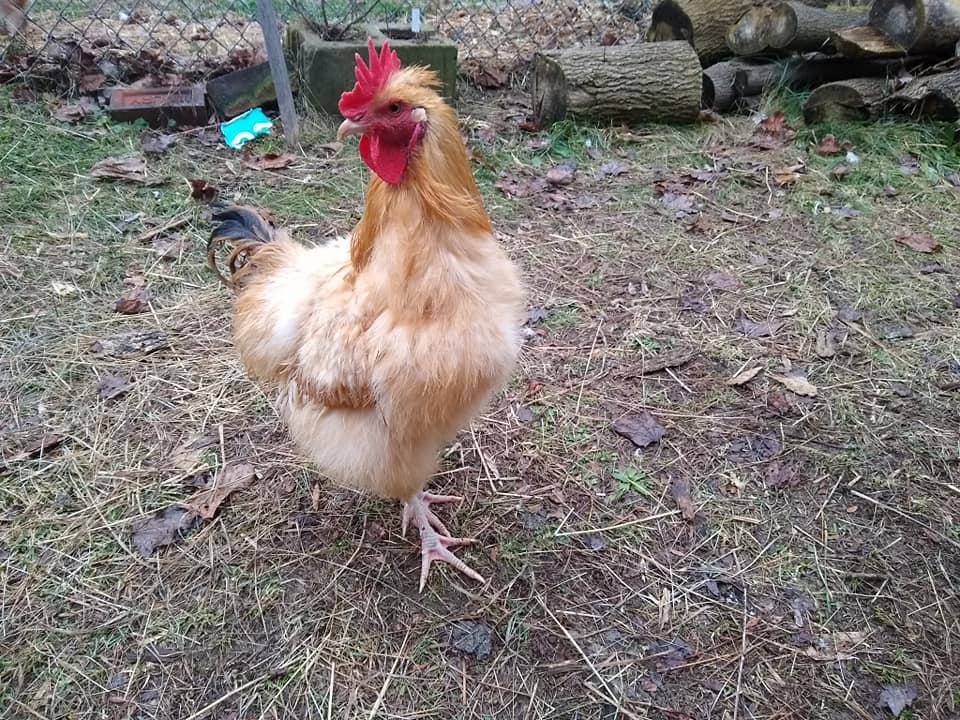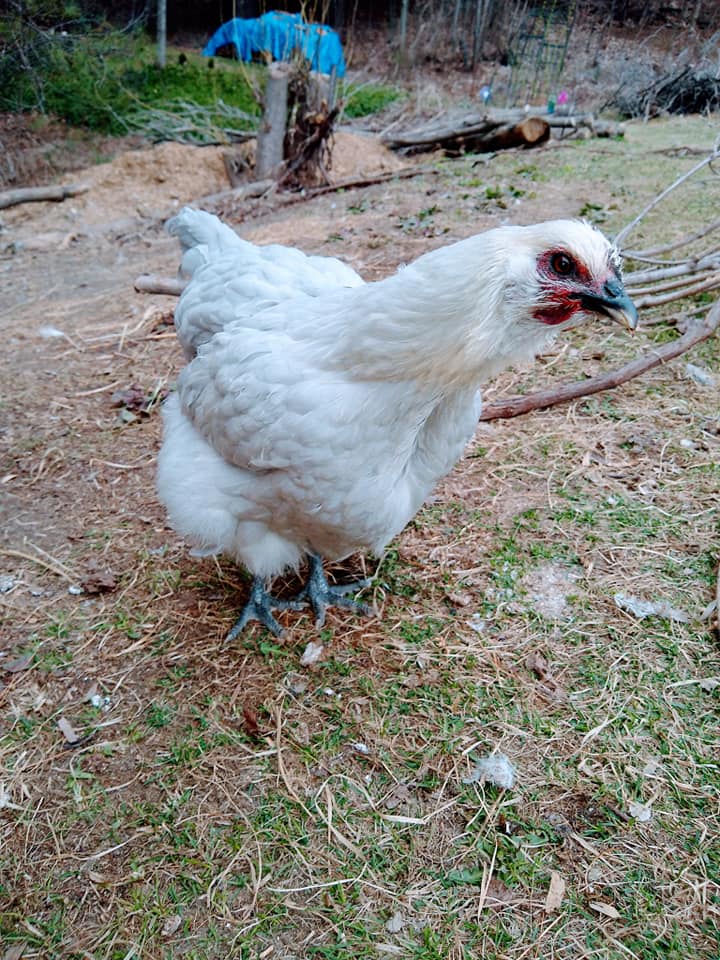Party Fowl Farms
Specializing in Hedemora Chickens.
NPIP certified.

About us
Party Fowl Farms is dedicated to one of the rarest chicken breeds in the world: Hedemoras.
We aim to preserve this breed and share their vibrant personalities with as many people as possible. In a world of standardization, we celebrate the variety and diversity that this breed embodies.
We are located in the heart of Vermont, nestled among ski mountains, microbreweries, cider mills, and sugar shacks.
Purchasing Options
Hedemora Hatching Eggs and Chicks
Our Hedemoras come from 4 different breeding stock along the Eastern Coast of the US. This ensures that our flock maintains healthy genetics and a wide variety of traits. Our chickens include Woolly and Smooth feathers, and feathered and non feathered shanks. All chicks are sold straight run (not sexed). Vent-sexing chicks is a dangerous process for the chicks and Hedemora chicks do not have visual sexing patterns.
Hedemora Mix Eggs and Chicks
Currently we have mixed breeds as well. Our mixed breed tend to keep many traits of the non-Hedemora (Color, feathering, comb type, size) while improving cold and heat tolerance and adding some healthier genetics. We do not always carry mixed breed chicks unless by request, but mixed breed eggs are available. We choose breeds whose eggs cannot be confused with Hedemora eggs. Our most interesting and successful pairings for far have been with Buff Brahmas and Copper Marans. We are working on a successful pairing with Easter Eggers, but that is a work in progress.
Culinary Eggs
Culinary eggs are washed and stored below ideal temperatures for hatching (40 degrees). While they are typically fertile, these are not intended for hatching. Hatching eggs need to be naturally clean, contain the bloom (natural bacteria), and be stored at around 50 degrees for ideally no more than 4 days. Because culinary eggs are not intended to be hatched, we do not recommend purchasing these in hopes of hatching them. Culinary eggs are for local pick up only. Our chickens are free range and spend a large part of their day eating bugs and wild vegetation. We do supplement their diet with layer feed and human grade food items (like pepper seeds for bright yolks!).

Hedemora 101
- Hedemoras are very new to the US. They were first imported around 2010. Greenfire Farms, known for their rare breeds, was the first breeder to really explore the breed and test out how they would do in the US, especially the cold northern states.
- Hedemoras are often thought of as the most cold tolerant breed available. We have also raised Icelandics, and can say for a fact that the Hedemoras are even more adaptable and happy in the cold. Hedemoras are also known to be fairly heat tolerant as well. One of our original breeders is from Florida and ships all over the country.
- Hedemoras are a landrace, meaning that they were bred for function, not a physical standard. What was that function? Egg laying all year round in a dry, frigid environment. Landraces are great to consider for 3 reasons: 1. They are genetically healthier 2. They have exciting and unexpected looks. 3. They live longer and lay longer. Some people have Hedemoras living up to 13 years old and laying fairly regularly until age 10. Don’t expect that to be the norm though! It’s fair to expect regular laying for about 5 years (versus the normal 2-3 for standard breeds).
- Why not just breed for Woolly feathers? Woolly feathers are a recessive trait. Breeding just for that outcome degrades the genetic health of the birds. Any reputable Hedemora breeder will have mostly smooth feather birds with some Woollies.
- Hedemoras are very talkative and curious. They have a wide vocal range and seem to enjoy human interaction. We have not found them to be cuddlers, but they are friendly as a general rule.
- They enjoy free-ranging, but they would do well in a sizable run. Like many landraces, they prefer foods found naturally in their environment…. especially insects. They would not do well confined in a coop or in a small run.
- They are not aggressive towards other breeds. They fall in the upper middle of the pecking order in our experience. They will hold their ground, but they won’t attack others.
Contact
Preferred method of contact: https://fb.me/PartyFowlFarms
https://www.instagram.com/partyfowlfarms/
Waterbury, VT 05676